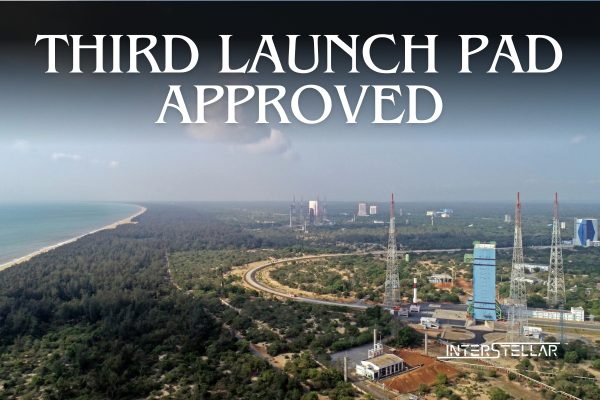Cabinet Approves Third Launch Pad at Satish Dhawan Space Centre
The Union Cabinet, chaired by Prime Minister Shri Narendra Modi, has approved the establishment of the Third Launch Pad (TLP) at the Satish Dhawan Space Centre in Sriharikota, Andhra Pradesh. This development is crucial for advancing India’s space exploration capabilities and supporting upcoming human spaceflight missions.
Purpose of the Third Launch Pad
The TLP will cater to the Next Generation Launch Vehicles (NGLV) of the Indian Space Research Organisation (ISRO). It will also act as a standby for the existing Second Launch Pad at Sriharikota. This facility is expected to increase launch capacity, enabling the successful execution of future human spaceflight and space exploration missions.
This project holds national importance as it lays the groundwork for India’s ambitious space exploration goals over the next three decades.
Key Features and Timeline
The TLP will feature a universal and adaptable configuration capable of supporting:
- Next Generation Launch Vehicles (NGLV)
- LVM3 vehicles with semicryogenic stages
- Scaled-up configurations of NGLV
The project will leverage ISRO’s expertise in building previous launch pads while maximising industry participation. Existing launch complex facilities will also be optimally shared to streamline the process.
The construction of the TLP is expected to be completed within 48 months, ensuring readiness for advanced missions.
Financial Details
The project will require an investment of ₹3,984.86 crore, covering the costs of establishing the launch pad and associated infrastructure.
Boost to India’s Space Ecosystem
The TLP will enhance India’s capability to execute more frequent launches. It will also bolster the country’s human spaceflight and space exploration efforts, positioning India as a leader in space technology.
Background and Future Goals
India’s space programme currently relies on two operational launch pads:
- First Launch Pad (FLP): Built 30 years ago for PSLV and SSLV missions.
- Second Launch Pad (SLP): Operational for 20 years, designed primarily for GSLV and LVM3 missions, including key projects like Chandrayaan-3 and the upcoming Gaganyaan human spaceflight mission.
The expanded vision for India’s space programme during Amrit Kaal includes the development of the Bharatiya Antariksh Station by 2035 and an Indian-crewed lunar landing by 2040. These ambitious goals necessitate new, heavier launch vehicles and advanced propulsion systems that existing facilities cannot support.
The Third Launch Pad will play a pivotal role in fulfilling these requirements, ensuring India remains at the forefront of global space exploration for the next 25–30 years.





